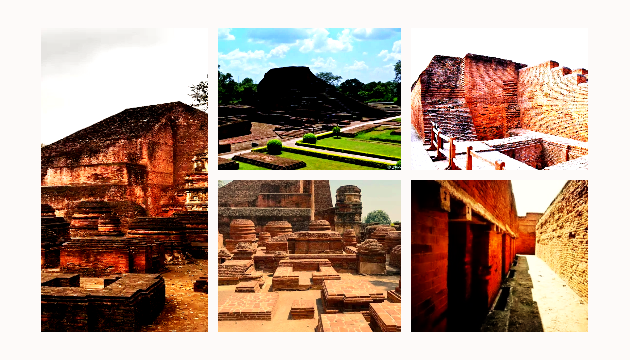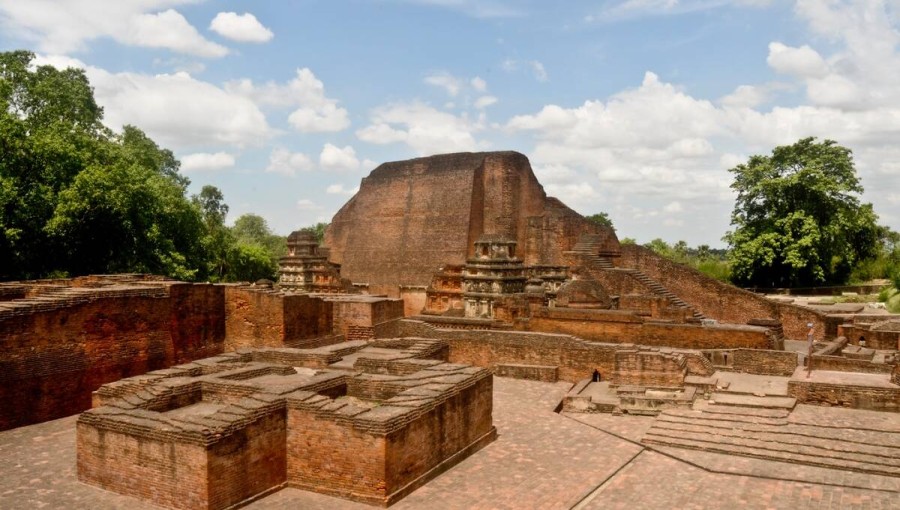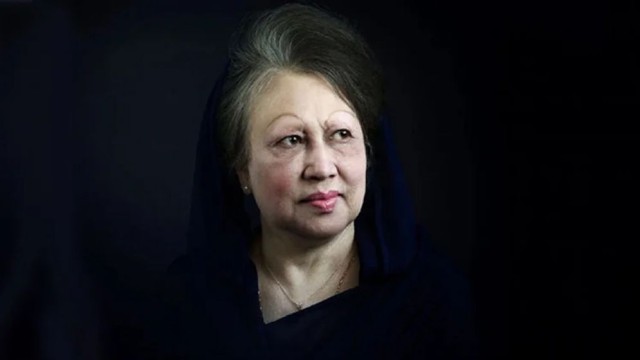Nalanda University, a name synonymous with intellectual brilliance, transcends time. This special report delves into the history of this ancient Indian institution, exploring its origins, purpose, design, student life, curriculum, and enduring legacy.
Nalanda University, one of the world's first residential universities, was established in the 5th century CE in the ancient kingdom of Magadha, in present-day Bihar, India. While the exact date of its establishment remains elusive, sources suggest its roots lie in this period. The university was founded by Gupta Emperor Kumaragupta I and later expanded by the Buddhist king Harshavardhana. Some credit the Mauryan emperor Ashoka the Great with laying the foundation, but it was under the Gupta Empire's patronage that Nalanda truly flourished. The creation of Nalanda was primarily motivated by a desire to foster an environment of learning, research, and intellectual exchange, and it soon became a center for Buddhist studies and a wide array of other subjects including philosophy, logic, grammar, and medicine.
A Beacon of Knowledge
Nalanda's purpose was to nurture intellectual and spiritual growth. It encompassed a vast array of subjects, including Buddhist philosophy, logic, metaphysics, medicine, astronomy, and mathematics. The renowned library housed a treasure trove of manuscripts, attracting scholars eager to delve into diverse knowledge systems. Its influence extended far beyond its physical boundaries, contributing to the spread of knowledge and ideas across Asia.
Design for Learning
The university's architectural design mirrored its intellectual pursuits. Nalanda was a sprawling complex of lecture halls, meditation cells, libraries, and student accommodations. Monasteries with towering viharas (residence halls) and ornate stupas (shrines) provided a contemplative atmosphere. Lush courtyards served as open-air classrooms, fostering dialogue and debate. This design reflected its role as a major center for education in ancient India, accommodating a large number of students and teachers.
A Global Student Body
Nalanda's reputation for excellence drew thousands of students from across Asia, including China, Korea, Japan, Tibet, Indonesia, Persia, and Turkey. This diverse student body contributed to the rich exchange of ideas and knowledge, fostering a multicultural environment that allowed for the cross-fertilization of intellectual and cultural traditions. Estimates suggest student numbers ranged from a few thousand to ten thousand at its peak.
Pros and Cons of a Flourishing Institution
Nalanda's strengths lay in its focus on critical thinking, open discourse, and the pursuit of universal knowledge. However, a potential drawback stemmed from its close association with Buddhism, potentially limiting the range of philosophical exploration.

Curriculum and Instruction
Nalanda employed a rigorous curriculum, emphasizing self-study, debate, and intellectual discourse. Renowned scholars like Dharmakirti and Shantideva guided students through intricate philosophical concepts and meditative practices. The instruction was based on a system of debate and discussion, encouraging critical thinking and intellectual inquiry. Students were encouraged to engage in rigorous debate and to question established beliefs, fostering an environment of intellectual freedom and exploration.
The University's Role
Nalanda played a pivotal role in preserving and disseminating knowledge across Asia. It served as a bridge between cultures, fostering a vibrant intellectual exchange. Beyond academics, it nurtured a sense of community and spiritual well-being. Its contributions to the intellectual and cultural heritage of Asia were significant, and its legacy as a center of learning and scholarship has endured through the centuries.
A Name That Endures
Nalanda's enduring legacy stems from its profound impact on the intellectual landscape of Asia. Its dedication to open inquiry, the pursuit of truth, and the cultivation of a global community continues to inspire scholars and institutions today. The university's role in shaping the intellectual landscape of Asia and its enduring legacy make it a beacon of knowledge and enlightenment in the annals of history.
Nalanda University stands as a testament to the power of knowledge. Its legacy transcends time, reminding us of the importance of intellectual exchange, critical thinking, and the pursuit of universal understanding. As Voice7 News publishes this report, let it serve as a call to rekindle the spirit of Nalanda in our contemporary world.































Comment: